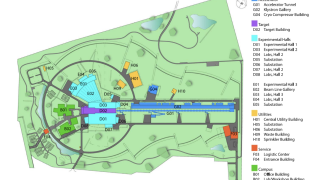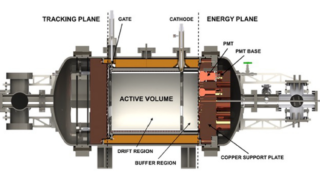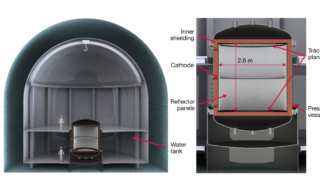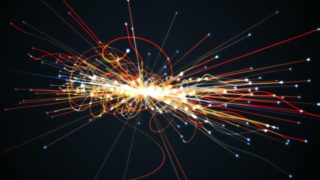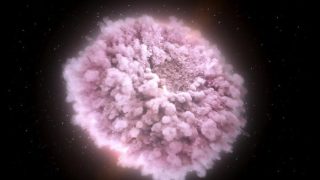
Measuring neutrons to reduce nuclear waste
Nuclear power is considered one of the ways to reduce dependence on fossil fuels, but how to deal with nuclear waste products is among the issues surrounding it. Radioactive waste products can be turned into more stable elements, but this process is not yet viable at scale. New research led by physicists from the University […]


